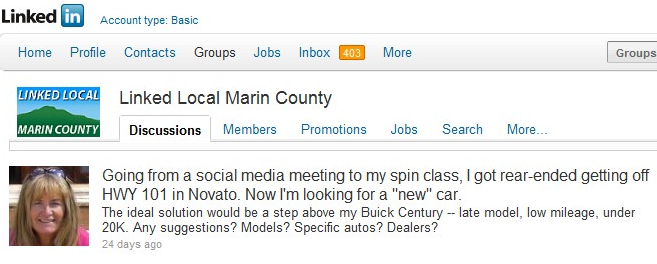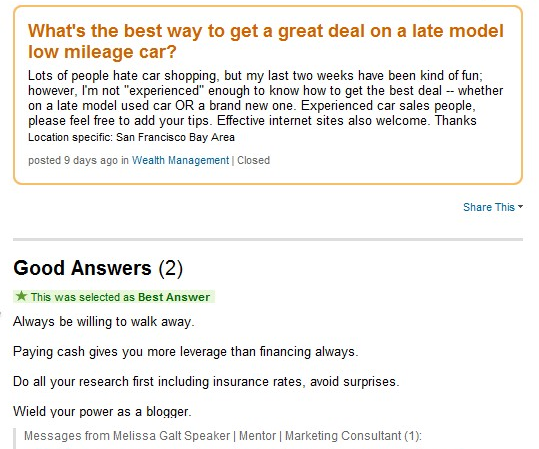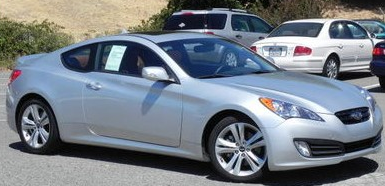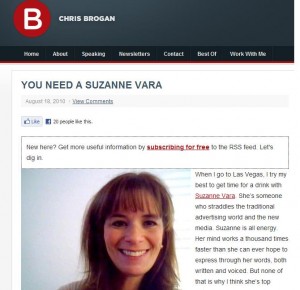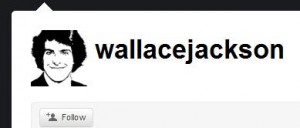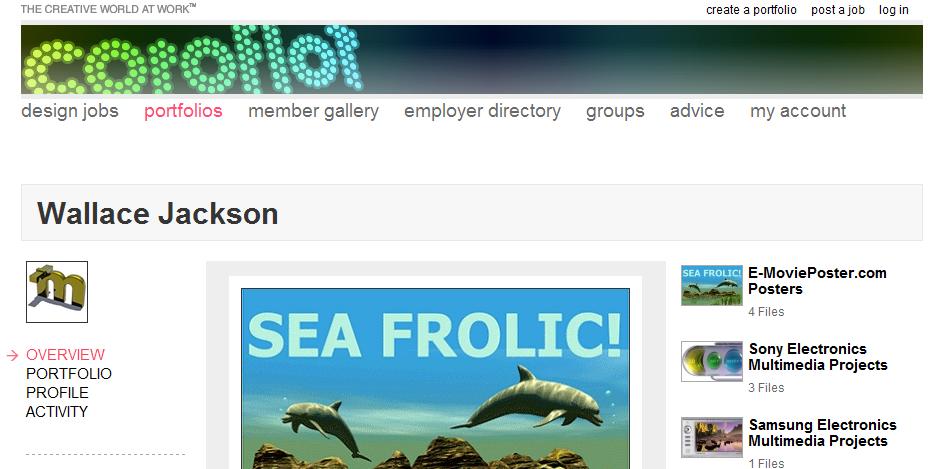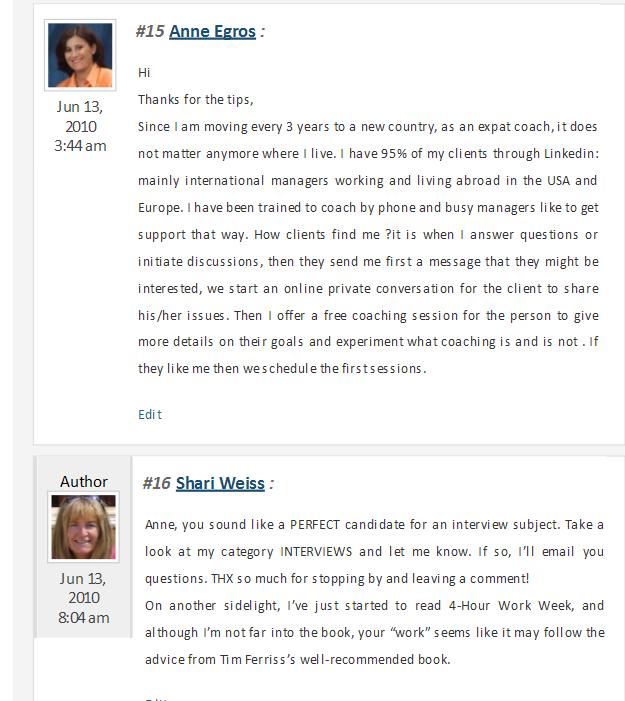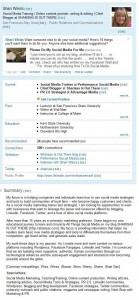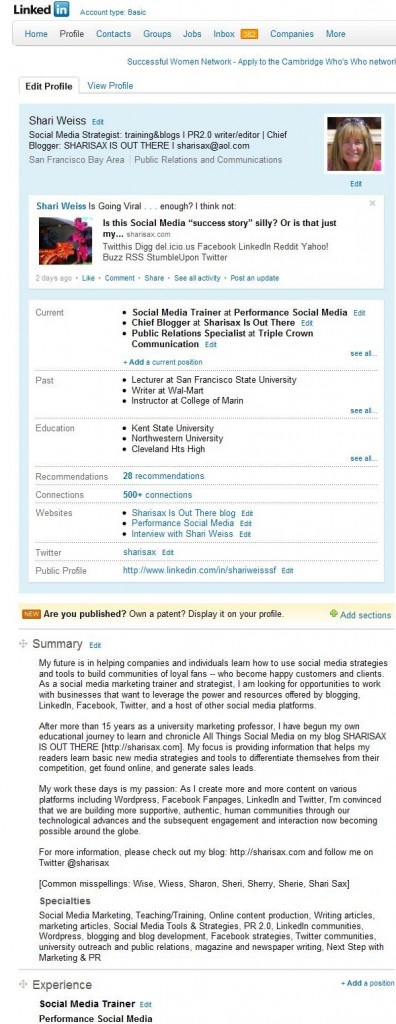 The subject of turning down new business has “hit a nerve.” So many people have weighed in on this topic that I wanted to share as many opinions as possible — hence this series, which began with Saying NO to a new client may be your Best Business Move. My friend Mike Van Horn, whom I met at Bay Area Consultants Network [BACN], responded to the article submitted as a Discussion Topic in the BACN LinkedIn group. His comment began with these words:
The subject of turning down new business has “hit a nerve.” So many people have weighed in on this topic that I wanted to share as many opinions as possible — hence this series, which began with Saying NO to a new client may be your Best Business Move. My friend Mike Van Horn, whom I met at Bay Area Consultants Network [BACN], responded to the article submitted as a Discussion Topic in the BACN LinkedIn group. His comment began with these words:
“I think I ended up writing my own blog post here!!”
How to Say No to a Prospect
First of all, you must know what kind of clients or work you want . . . don’t want . . . and why.
Define your core expertise, and who your services are best for. Create a brief mission statement out of this. Then re-read it when you are talking with a marginally qualified prospect.
In my experience, here are the three main reasons you should say NO:
1. Unprofitable
2. Off target for you
3. Don’t like them
If you think a prospective client isn’t right for you, you might ask, what would it take to make them right?
For example, raising the price. Or being able to hand the work off to a subordinate. You propose that to them. They’ll probably say no, but if they say yes, you can have a good client.
If you’re turning down work because you’re too busy, then:
— Take the most interesting and challenging and lucrative work
— Raise your prices
— Hire a qualified associate, and bill them out at 3 times what you pay them
You’ve got to deal with your own resistance to saying no. For example:
“In these tough times, I need every client I can get (even the unprofitable ones).”
These clients suck up the time and energy—and profit potential—you should devote to profitable clients. Your profitable, desirable clients end up subsidizing your unprofitable, aggravating ones.
“Maybe they’ll grow into a bigger client.”
Occasionally true, but make sure you price high enough so that it’s profitable now.
“They really need me, but don’t have the money.”
To keep your own business healthy and profitable, yet still help out the cash flow-challenged, set a percentage (5 to 10% of your work time) for pro bono or el cheapo work you will do, and stick to it. Oh, and if you notice that this “poor” prospect is driving a new BMW, then bill them full rate.
“Wow, this may be an interesting new thing I could get into!”
After all, we can really do anything! Not true. Stick with your core expertise. Go back and read your mission statement.
It’s important to qualify — and disqualify — and prospective client early in the interaction. You don’t want to spend several hours with somebody then discover that you won’t be working with them.
Finally: All the above applies to firing an existing client as well.
Further reading– Check out the other articles in the series:
Post #1: Saying NO to a prospective client may be the Best Business Move
Post #2: Avoid future problems by saying NO Now
Post #3: Investigate client/project before saying Yes — or making it a NO.
Further writing — Add your own comments or experiences below.






